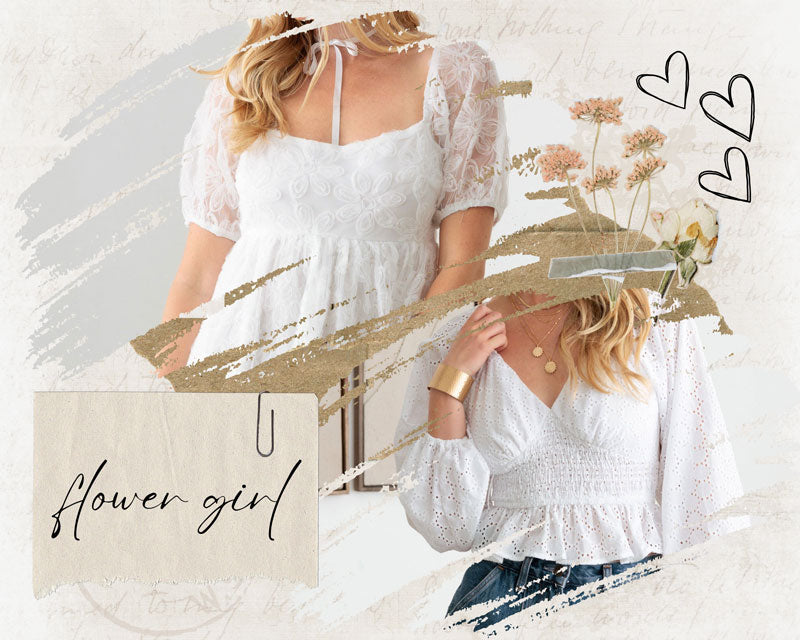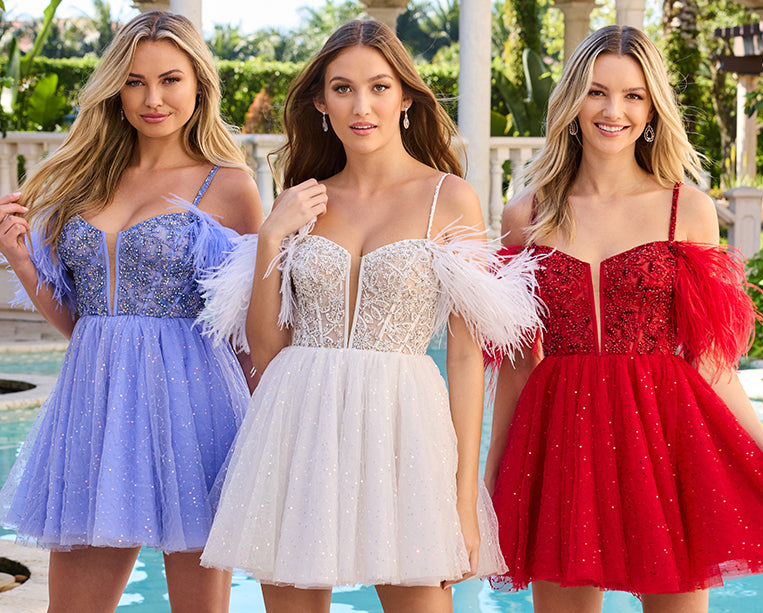Expressing Cultural Heritage Through Wedding Dress Choices
The wedding dress is more than just a piece of clothing; it’s a statement that encapsulates a bride’s personality, love story, and often, her cultural heritage. As diverse as the world’s cultures are, so too are the traditional wedding garments that represent them. This blog post dives into how different cultures express their heritage through the wedding dress, showcasing a variety of unique traditions and the meanings behind them.
Table of Contents
Western White Gowns
White wedding dresses became popular in the Western world after Queen Victoria of England chose to wear a white gown for her wedding to Prince Albert in 1840. While white is a symbol of purity and innocence in many Western cultures, the choice often also signifies a fresh start and new beginnings. Today, it remains a popular choice, although modern brides are increasingly customizing their dresses to reflect their unique styles. Many brides today are also exploring diverse options by looking for non white wedding dresses to break away from tradition and better reflect their individuality.
Chinese Qipao
A traditional Chinese wedding dress is known as the ‘qipao’ or ‘cheongsam’, a form-fitting outfit often made in red, which symbolizes luck, joy, and happiness. The qipao is usually adorned with elaborate gold and silver embroidery, often featuring designs of dragons and phoenixes, representing strength and prosperity. It’s not unusual for brides to have multiple wardrobe changes, possibly including a white Western-style gown.
The Indian Sari
In Indian culture, the wedding dress usually takes the form of a sari or lehenga, traditionally in shades of red or maroon. The color red signifies prosperity, fertility, and auspiciousness. Intricate embroidery, heavy fabrics, and ornate jewelry often accompany these stunning outfits. It’s not uncommon for brides to wear multiple outfits throughout the ceremony to reflect different rituals and customs.
Scottish Kilts and Highland Attire
In Scotland, grooms traditionally wear kilts made from a tartan that represents their clan. While not a dress, this traditional attire holds significant cultural weight. Brides might wear a white gown but often add a tartan sash or shawl matching their groom’s kilt to honor both families. The tartan patterns convey a deep sense of belonging and continuity.
Japanese Kimono
Japanese brides often wear intricate silk kimonos called ‘uchikake’ for their Shinto ceremonies. These kimonos are richly decorated with patterns such as cranes, blossoms, and pine trees, which symbolize good fortune, longevity, and happiness. Typically, a white kimono is worn for the ceremony itself, and a colorful one for the reception, each signifying different aspects of the bride’s new marital status.
Indonesian Kebaya
In Indonesia, brides typically wear a ‘kebaya’, a traditional blouse-dress combination made from intricate lace, often accompanied by a batik skirt. The kebaya is a symbol of feminine elegance and is often passed down through generations, carrying both familial and cultural heritage. Different regions within Indonesia have unique styles and patterns, reflecting local customs and traditions. The kebaya thus stands as a testament to the country’s rich cultural diversity.
African Print Attire
African brides often embrace the vibrant, bold patterns of traditional print fabrics like Ankara in Nigeria or Kente in Ghana. These textiles are not just colorful; they also hold historical and cultural significance. For example, Kente cloth is known for its intricate patterns and bright colors, each combination holding specific meanings related to events, qualities, and social status. Brides and grooms often have matching outfits made from the same fabric to symbolize unity.
Middle Eastern Kaftan
Middle Eastern brides often opt for the ‘kaftan’, a long, flowing gown that is both elegant and modest. The kaftan is usually made of luxurious fabrics such as silk or satin and is heavily embroidered with intricate designs. Gold and silver thread, gemstones, and sequins are commonly used to adorn these stunning garments. Depending on the country, the style and decoration of the kaftan can vary, but it consistently remains a central piece of a wedding celebration, reflecting the bride’s heritage and personal style.
Korean Hanbok
Korean brides often wear a ‘hanbok‘, which is characterized by vibrant colors and simple lines. The traditional wedding hanbok is usually made of silk and consists of a jacket (jeogori) and a full, wrap-around skirt (chima). The colors and patterns woven into the hanbok are not just decorative but also deeply symbolic, often representing good fortune and the wearer’s social status. These outfits create a visual spectacle that is both timeless and steeped in cultural significance.
Conclusion
Wedding dresses around the world are as diverse as the cultures they come from, each telling a story rich in history, symbolism, and personal meaning. Whether it’s the elegance of a white Western gown, the vibrant hues of an Indian sari, or the ancestral patterns of an African print, these garments beautifully weave cultural heritage into the fabric of a special day. As brides continue to find ways to honor their heritage while expressing their individuality, the wedding dress remains a powerful canvas for cultural expression.
Latest Posts
 Tracking down the Ideal Wholesale Clothing Merchant for Your Store
Tracking down the Ideal Wholesale Clothing Merchant for Your Store Unleashing Creativity: Sublimation Equipment for Vibrant Colours and Designs
Unleashing Creativity: Sublimation Equipment for Vibrant Colours and DesignsCat Couture Chronicles: A Fashionista’s Guide to Hoodies and Sweaters
 How to Choose the Perfect Easter Shirts in Christian Apparel
How to Choose the Perfect Easter Shirts in Christian Apparel Elevate Your Wardrobe: Stylewe’s Exquisite Fashion Delights
Elevate Your Wardrobe: Stylewe’s Exquisite Fashion Delights Prom Dresses: Unveiling Elegance and Style | Amarra
Prom Dresses: Unveiling Elegance and Style | Amarra A Guide to Discovering Your Perfect Comfortable Underwear
A Guide to Discovering Your Perfect Comfortable Underwear Beyond Basic: Elevate Your Beach Look with Stunning Black One Pieces
Beyond Basic: Elevate Your Beach Look with Stunning Black One Pieces Essential Tips for Choosing the Perfect Women’s Leather Motorcycle Jacket
Essential Tips for Choosing the Perfect Women’s Leather Motorcycle Jacket How to Find the Best Canadian Women’s Clothing
How to Find the Best Canadian Women’s Clothing
